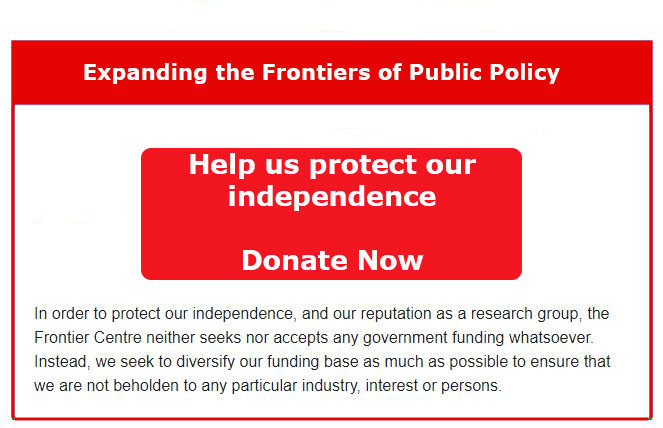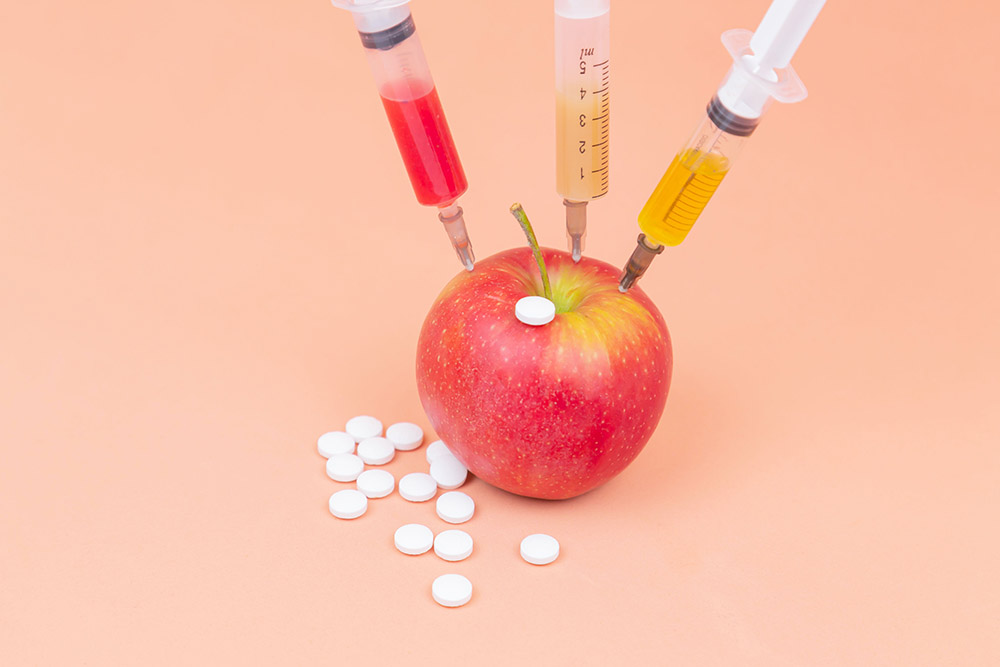How much poison would you willingly put on your skin or ingest? If the answer is zero, you might have to make some changes. We may assume our foods, drinks and cosmetics are safe because regulators allowed them. Unfortunately, that may not always be the case.
Aspartame, a product common to diet drinks, may be the best example of a product declared safe by some and dangerous by others. It was made by the company G. D. Searle (which was bought by Monsanto in 1985) but was denied approval by the U.S. Food and Drug Administration Board of Inquiry in 1980. Based on the death of many lab rats, the FDA’s panel said the chemical “might induce brain tumours.”
Donald Rumsfeld, the Board Chairman for Searle, vowed to “call in his markers” to get the product approved. After Ronald Reagan was elected president in November 1980, Rumsfeld became part of the transition team. The administration appointed Dr. Arthur Hays to be the new FDA commissioner and Hays promptly appointed another FDA Scientific Commission to reconsider Aspartame. When it was set to bar Aspartame by a 3-2 vote, Hays added a sixth member to the team who favoured Aspartame, then broke the tie by approving it himself.
At first, Hayes only allowed Aspartame to sweeten dry goods. He left his FDA post in November of 1983 under accusations he accepted corporate gifts for political favours. Shortly before leaving office, he approved the use of Aspartame in beverages. He was later granted a ten-year, $1,000-a-day contract as a consultant to NutraSweet’s PR agency.
The Huffington Post reported that Aspartame has been linked to headaches, memory loss, seizures, vision loss, coma and cancer; and worsens or mimics fibromyalgia, Multiple Sclerosis, lupus, Attention Deficit Disorder, diabetes, Alzheimer’s, chronic fatigue and depression. Aspartame which liberates free methyl alcohol (methanol) is a metabolic poison and narcotic which affects the brain and can cause addiction.
In the peer-reviewed article, Aspartame: Methanol and the Public Health, Dr. Woodrow Monte wrote, “When diet sodas and soft drinks, sweetened with Aspartame, are used to replace fluid loss during exercise and physical exertion in hot climates, the intake of methanol can exceed 250 mg/day or 32 times the Environmental Protection Agency’s recommended limit of consumption for this cumulative poison.”
In 1995, the Freedom of Information Act forced the FDA to disclose 10,000 consumer complaints that had led it to compile a list of 92 symptoms. According to Dr. Betty Martini, an advocate for the chemical’s removal, 75 per cent of complaints to the FDA are about Aspartame. The FDA website says that Aspartame has been “exhaustively studied…with more than 100 studies supporting its safety,” but Martini counters with dozens of others that suggest differently.
Bisphenol-A (BPA) was deemed dangerous enough to health that Canada banned it from baby bottles in 2010. Yet, BPAs can still be found in the linings of many cans, just as it has since the 1960s. BPA mimics estrogen and exposure can adversely affect the brain and prostate gland of fetuses, infants and children. Risks for cancer, asthma and behavioural problems also increase. Some research suggests a link with increased blood pressure, type 2 diabetes and cardiovascular disease.
Regardless, North American regulators have declared the product safe in low doses. In 2016, Environmental Defense found BPAs in 81 per cent of food cans it studied and has called for an outright ban. Then again, even products labelled BPA-free may still have many estrogenically active chemicals. 
Plastics with the recycle code three or seven are more likely than other kinds to have BPAs. The Mayo Clinic says consumers can minimize exposure by keeping plastic containers out of the microwave or dishwasher since the heat may break down the product and allow BPA to leach into foods. Glass, porcelain or stainless-steel containers are preferred for hot foods and liquids.
Even a pretty face can mean ugly health. Recent research from the University of Notre Dame showed high levels of perfluoroalkyl substances (PFAS) in more than half of cosmetic products. PFAS are great for durability and water resistance, but bad for health. They tend to accumulate and stay in the body for a long time, potentially leading to cancers, liver damage and a low birth rate. Their manufacturing and disposal may also cause environmental harm.
The study looked at 231 commonly used cosmetics in the U.S. and Canada and found fluorines (a PFAS indicator) in 82 per cent of waterproof mascaras, 62 per cent of long-lasting lipsticks and 56 per cent of foundations. Manufacturers don’t have to disclose the chemicals to North American consumers who buy USD $20 billion of cosmetics each year. Recently, a bi-partisan U.S. Senate bill was introduced to ban PFAS. Yet, even if the bill passes, PFAS will remain in stain- and water-resistant fabrics and carpets, cleaning products, paints, water repellents and fire-fighting foams.
Citizens expect regulators to watch out for them and so they should. However, this brief history casts doubt on Ronald Reagan’s adage, “Trust but verify.” Healthy distrust and research will serve you better.
Lee Harding is a Research Associate for the Frontier Centre for Public Policy.
Photo by Diana Polekhina on Unsplash.



